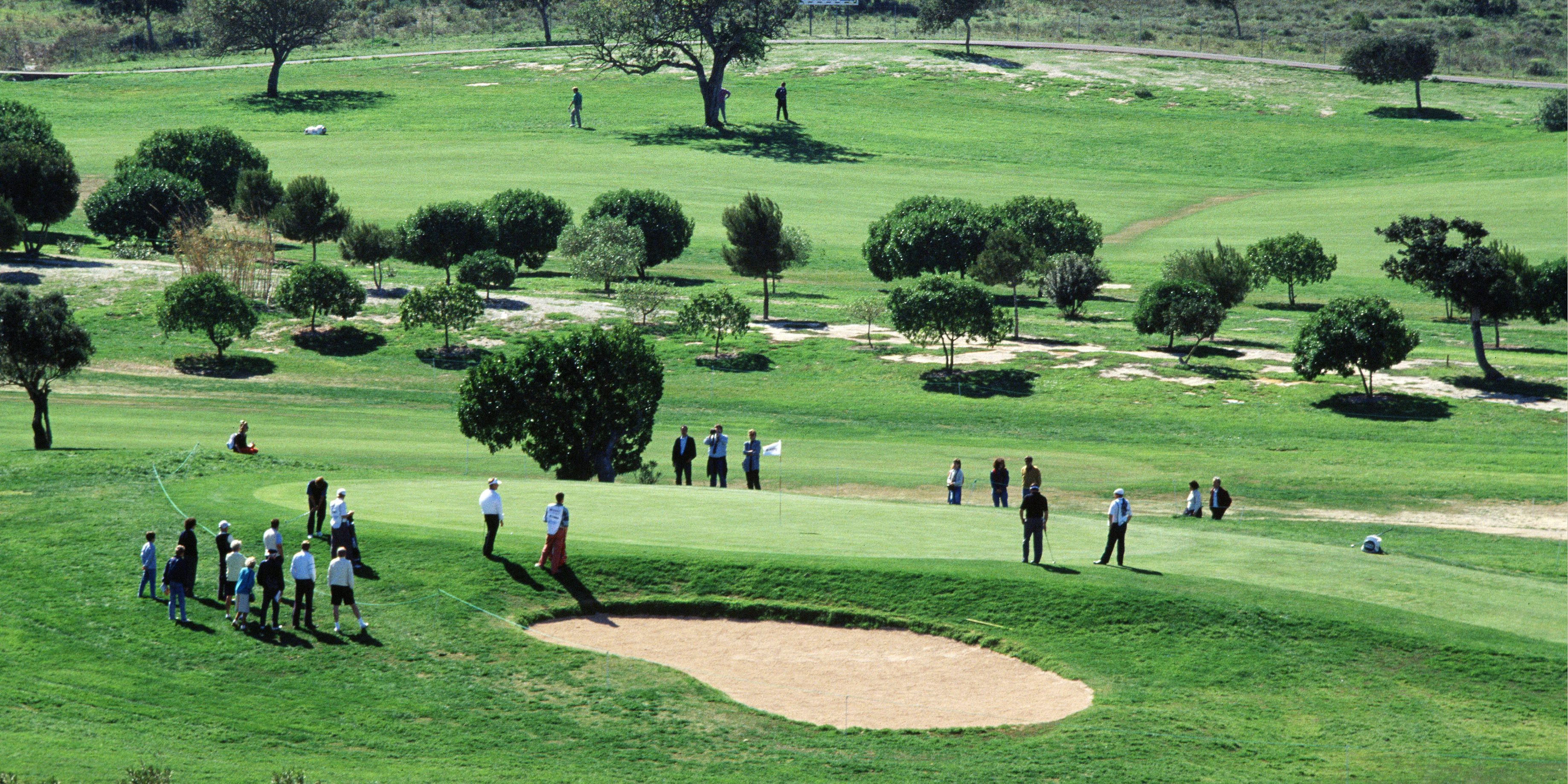If you know us, you will be aware we are very prone to do different things. We like to put a touch of surprise in everything we do. That’s why we love to apply meeting design to events and meetings. But what is meeting design, exactly?
To be able to explain it, let’s briefly review the history of this current.
The meeting architect
In April 2008, Belgian entrepreneur Maarten Vanneste — founder and president of the Meeting Design Institute — published the book Meeting Architecture. A manifesto. In this book, which we strongly recommend you read (if you have not already done so), Vanneste proposes the creation of some master’s degree studies for what he christened Meeting Architecture. He established and defined the figure of the Meeting architect as that professional who works for the promoter of an event. Their work is carried out in four phases (I-D-E-A):
- Identifying the goals,
- Designing the event around those,
- Executing the event according to plan and
- Analyzing the results by comparing them with the initial goals.
To this point, we could say virtually everyone is clear about these four phases. So, what was new about meeting design?
Process, tools, and science
The newness in this way of organizing meetings and events lies more in the ‘how’ than in the ‘what’. Vanneste puts particular emphasis on the way we plan and organize. What he proposes is avoiding classic activities breaking with uses and customs to improve their experience and effectiveness.
The Meeting Design Institute lists three basic pillars in event organization:
A. The process
Needless to say, the event goals should be at the very core of our design. These will be set by your promoter. Now, we must place the recipients right next to the objectives.
In order to know the goals, we will have to hold meetings with the promoter in which we will gather as much information as possible on the company, the reasons for the event and its mission.
With regard to the recipients, it is very useful to interview some of them to know their profiles, motivations, etc.
Once we have this information, we can begin to draw up the guidelines for our work plan.
B. The toolbox
When designing actions, Vanneste proposes the use of the ‘toolbox for meeting design’, which contains different tools that he classifies as conceptual, human, artistic, technical and technological.
C. Science
We must count on those critical elements that allow us to improve and innovate, such as social media, content capture, production, etc.
So let us focus on the tools. This is where our innovation is most visible as ‘meeting architects’. Meeting design invites us to abandon classic events — all those old-style lectern, screen, powerpoint and auditorium kind of meetings — to exploit formats and scenarios that will help us achieve the goals of the event. For example, did you know that putting chairs in a circle will help you improve participation? There are different guest placing techniques available: Open space technology, Campfire, World café, etc. Depending on the objective pursued, we will choose one layout or a different one.
On the other hand, our setting does not necessarily have to be a room. We can organize the meeting sitting in the sand on the beach, or in the middle of a golf green.
Analyze the results
“What is not defined cannot be measured. What is not measured cannot be improved. What is not improved, always degrades”
William Thomson Kelvin
The analysis is as important as the previous phases, especially if we want to be able to report to our customer. To this purpose, it is essential you have devised ways to gather information (surveys, number of attendees, participation levels, …) that you can compare with the established objectives.
In future posts, we will further develop this methodology and its tools. If you want us to offer more information, propose a topic for future posts, or if you want to tell us your experience, we encourage you to leave us a comment.

